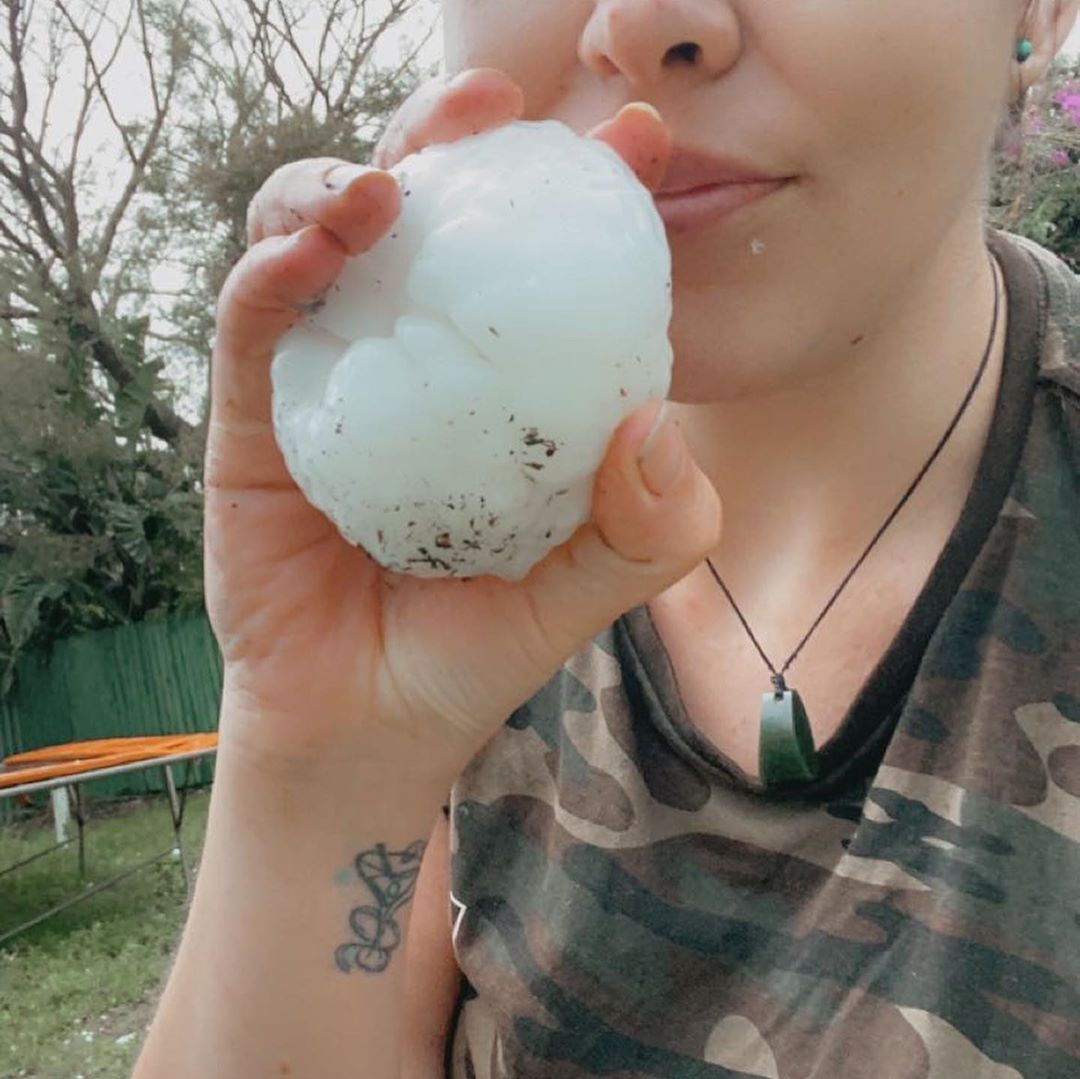How close to world record size were Queensland's hailstones?
Hailstones up to 14 cm in diameter were reported during Queensland's wild storms on the weekend. That got us thinking: How large can hailstones get?
There's no official holder of the title of “world’s biggest hailstone” the way we have highest and lowest temperature records. But we do have some pretty interesting reports of giant hail over the years.
The World Meteorological Organization lists the heaviest hailstone ever recorded as 1.02 kg in Gopalganj, Bangladesh, in 1986. That’d put a dent in your bonnet.
The largest hailstone recorded worldwide may well be the one which fell in a supercell thunderstorm in Vivian, South Dakota, back in 2010. It measured a tick over 20 cm in diameter.
Then again, it could be the icy monster that descended upon Cordoba, Argentina in 2018, which was estimated at somewhere between 18.8 and 23.7 cm in diameter.
So all things considered, this weekend’s reported 14 cm diameter hailstones in southeast Queensland were pretty impressive on the unofficial hail scale.

Image: Many Queenslanders had to put their weekend plans on ice. Source: @Chellybellyxx94 on Instagram.
So what causes such large hailstones?
In simple terms, hail is formed in thunderstorms when supercooled water is suspended in a rising column of air called an updraft. This supercooled water can freeze into ice when it interacts with other water droplets or airborne dust particles, and a hailstone forms.
According to Weatherzone meteorologist Ben Domensino, the size of the hail then depends on how intense and long-lasting the storm is.
"The most intense storms keep updrafts gowing for a while, which lets hail grow and grow in layers," he explains.
"In that turbulent environment, as supercooled water is turned into ice, as long as hailstones are suspended in cloud, they keep growing.
"The most intense supercell storms can last for hours with a sustained updraft which allows a tiny hailstone to get larger and larger until it falls out."
Image: It's hailing, it's paw-ring. Source: Samantha Winton svmvnthv_w on Instagram.
The hailstones that fell in the supercell storms in Queensland and parts of NSW on the weekend tell a story. See the way they’re comprised of several layers? That’s a clear indication that they’ve done several “laps” of the storm’s core.
Meanwhile, early forecasts suggest the chance of more storms with potentially damaging hail next weekend in parts of Queensland and New South Wales.